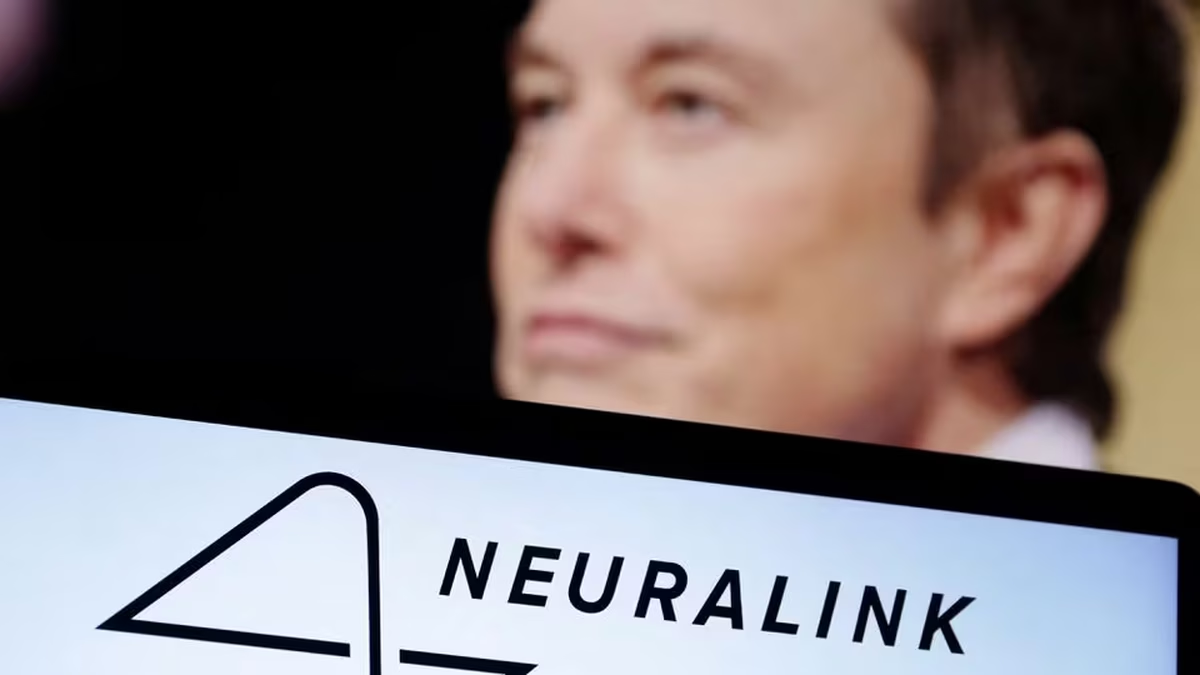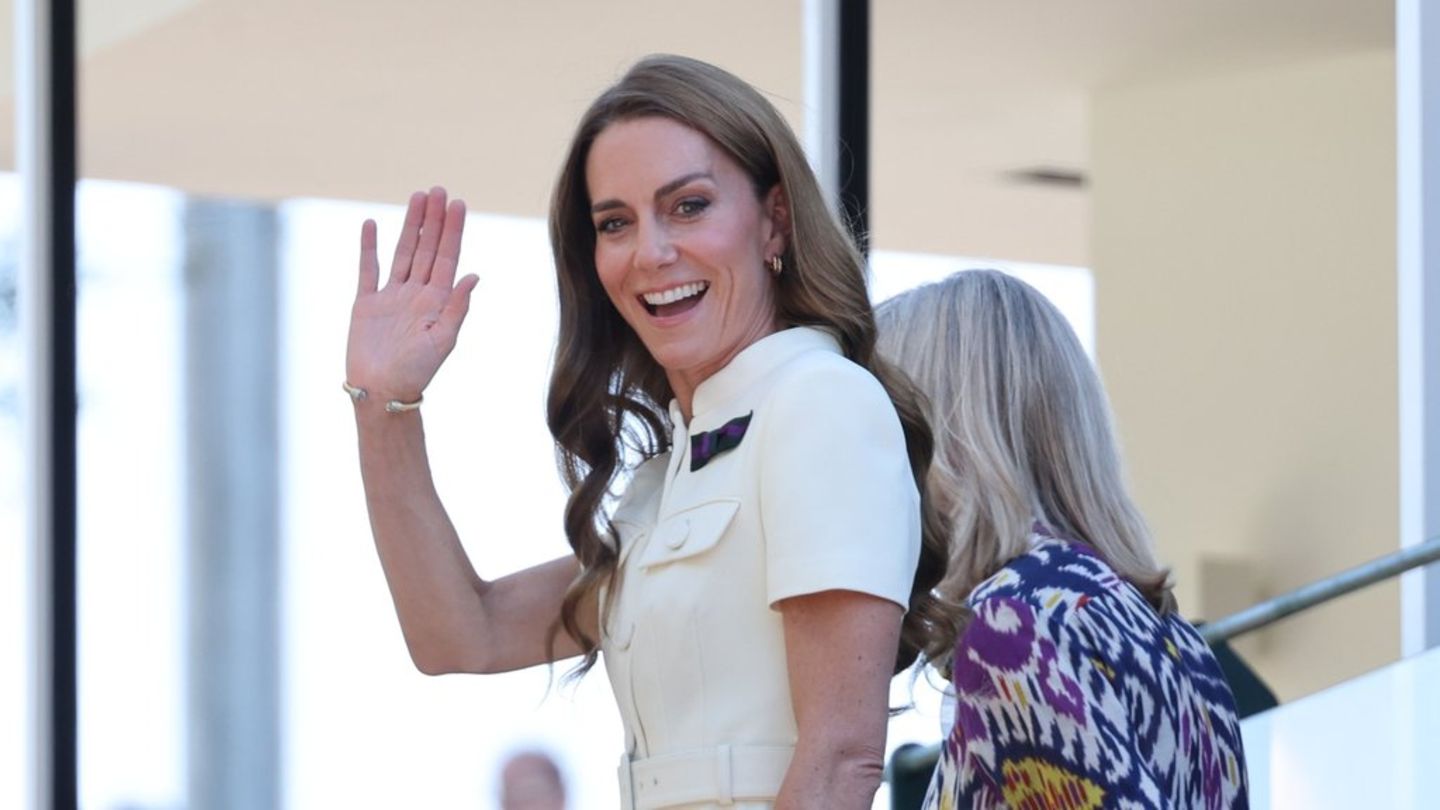The startup company, co-founded by Musk In 2016, the aim is to develop a direct communication channel between the brain and computers, with the aim of, in an initial phase, restoring autonomy to people with medical needs, especially those with tetraplegia.
Its technology, which promises to “unlock human potential” in the futureworks through a device the size of five stacked coins that is inserted into the brain through invasive surgery and allows devices to be controlled with the mind.
“It is now that We move on to our second patient. But we hope, if all goes well, to have several, more than five, already this year,” the billionaire said Wednesday in a conference broadcast on X, his social network, adding: “For the next phase of deployment, we really want to make sure that we make as much progress as possible between each patient of “Neuralink”.
neuralink-complete-implant.jpg
Neuralink to place brain implant in second patient
In January, Neuralink has placed its first brain implant in a human, Noland Arbaugh, 29, a quadriplegic since a diving accident. The company published a video in March in which Noland was seen playing chess onlineusing his mind, without mentioning one detail: after the operation, some of the electrode-coated wires had retracted.
As they serve to capture neural signals, The patient momentarily lost the ability to control the screen cursor. Neuralink said in May that it had fixed the problem, in particular by improving the algorithm to make it more sensitive to signals.
On Wednesday, the company took stock of its progress, including implanting wires deeper into the brain to improve patients’ abilities. It hopes to one day return the mobility for the paralyzedthanks to a second implant in the spinal cord.
Musk He promised again in his speech that This technology will give humans “superpowers.”
According to the tycoon, Neuralink aims to increase the bandwidth of the link between the brain and the computerbecause “for the symbiosis between humans and artificial intelligence (AI), it is very important to be able to communicate at a speed that AI can follow.”
In May 2023, the company received the green light from the US Food and Drug Administration (FDA) for clinical trials of its implant.
How Elon Musk’s brain implant works and what new developments it proposes for neuroscience
Despite the difficulties presented, the Neuralink implant It was a success and represented a great step for the link between the Technology and human biology. The chip Telepathy It is primarily intended for patients who They lost the use of their limbs.
He microchip works through 1,024 electrodes implanted in the brain, which allow reading neural activity and transmit the signal in real time to external devices. This allows, as has been done before, to intervene in certain pathologies to help improve the patient’s symptoms.
Now, the biggest contribution that Neuralink will try to establish is that these implants not only receive information from the brain, but also can take it to this data from the outside to the brain.
According to Neuralink, the implant will be able to “reading brain activity” to send orders that restore damaged brain functions product of heart attacks, strokes and more.
Through his X account, the billionaire explained the functions of this technology and its future: “it allows you to control your phone or computer, and through them almost any device, just by thinking. Imagine If Stephen Hawking could communicate faster than a quick typist or an auctioneer. That is the goal“.
Neuralink is planning in parallel Two types of implants: one to restore vision – even in those patients who never had it – and another for restore basic bodily functions in people who suffer from paralysis due to spinal cord damageas well as improving the quality of life of people with neurological conditionssuch as the Alzheimer’s.
Source: Ambito




